Why corrective exercise
Corrective Exercise: The Ultimate Therapy and Optimal Training Approach
Introduction:
In the realm of fitness and rehabilitation, the concept of corrective exercise has gained significant attention in recent years. It involves identifying and addressing muscular imbalances, faulty movement patterns, and other dysfunctions that may contribute to pain, limitations, or increased risk of injury. Corrective exercise not only helps improve movement quality but also acts as a form of therapy for many individuals. In this blog, we will explore why corrective exercise is considered a form of therapy and why it is the best way to train for long-term well-being.
Understanding Corrective Exercise as Therapy:
1. Identifying and addressing underlying imbalances:
Corrective exercise aims to identify and address the root cause of dysfunction rather than simply focusing on symptoms. By thoroughly assessing movement patterns, muscle imbalances, joint restrictions, and postural alignment, corrective exercise practitioners can design tailored programs to restore balance and function. This personalized approach helps individuals reach their optimal movement potential, alleviating pain and reducing the risk of future injuries.
2. Promoting pain relief:
Corrective exercise aims to relieve pain by addressing imbalances and dysfunctions to improve overall movement mechanics. By focusing on targeted muscle activation, mobility drills, and corrective stretching, individuals can correct movement compensations that may have been contributing to chronic pain. This therapeutic approach helps in reducing discomfort and allows individuals to regain an active and pain-free lifestyle.
3. Enhancing body awareness:
Corrective exercise emphasizes the importance of body awareness and mindfulness, which is crucial for long-term health and physical well-being. By focusing on proper alignment, engaging specific muscles, and providing controlled movements, individuals develop a deeper understanding of their own bodies. This heightened awareness helps in preventing injuries by promoting proper biomechanics during training and everyday activities.
Benefits of Corrective Exercise as Training:
1. Injury prevention:
Addressing movement dysfunctions and imbalances through corrective exercise significantly reduces the risk of injuries during physical activity. By improving stability, mobility, and strength in weak areas, individuals can perform exercises with optimal form, thus minimizing the risk of acute or chronic injuries.
2. Enhanced performance:
Corrective exercise lays the foundation for optimal movement patterns, which translates into improved performance across various physical activities and sports. By correcting imbalances and optimizing muscle activation, individuals can achieve greater strength, power, and efficiency in their movements, leading to enhanced athletic performance.
3. Long-term sustainability:
The focus on correcting movement dysfunctions and imbalances makes corrective exercise a sustainable approach to training. By addressing the underlying issues and promoting functional movement, individuals can continue training without the risk of exacerbating existing problems or developing new ones. This approach helps in maintaining long-term health, preventing burnout, and promoting a consistent fitness routine.
Conclusion:
Corrective exercise stands out as a therapy-based training approach due to its emphasis on identifying and addressing the root cause of movement dysfunctions. By prioritizing personalized assessments, targeted exercises, and body awareness, corrective exercise not only improves movement quality but also acts as a form of therapy for individuals recovering from injuries or chronic pain. Furthermore, with its focus on injury prevention, enhanced performance, and long-term sustainability, corrective exercise emerges as the optimal training approach for those seeking long-lasting fitness and well-being. Embracing this holistic approach to training can bring tremendous benefits and help individuals achieve their fitness goals while promoting a healthier, pain-free lifestyle.

